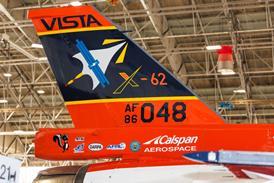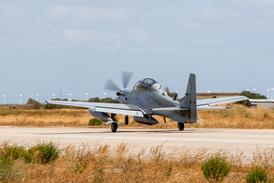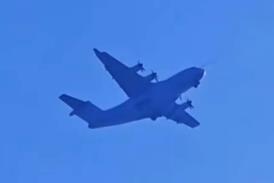Erroneous sensor readings, rather than hardware failures, caused the premature shutdown of all three main engines during the first Boeing Delta IV Heavy booster launch on 21 December, says a US Air Force inquiry. As a result, the Delta IV's second-stage engine, despite burning longer than intended, failed to place the demonstration payload into its planned geosynchronous orbit.
The Delta IV Heavy is powered by three Boeing Rocketdyne RS-68 liquid-oxygen/liquid-hydrogen main engines. At T+50s, the centre engine throttled down to 58% thrust as planned, while the outboard engines continued at 102%-rated thrust. Shutdown of the outboard engines was scheduled for T+4min 5s, followed by their jettisoning, but they shut down 8s early, after sensors indicated that their cryogenic propellants had been depleted.
By the time the sensors returned to a "wet" reading, the engine shutdown and separation sequence had begun. The centre engine increased to full throttle as planned, and was scheduled to fire for a further 90s, but a similar sensor phenomenon caused it to shut down 9s prematurely, leaving the Pratt & Whitney RL-10B-2-powered upper stage with a speed deficit.
The cryogenic engine automatically extended its first firing time to compensate for the deficit. A second firing was successful, but extra fuel was used to compensate for the first-stage underperformance and the third burn, to carry the Demosat to geosynchronous orbit, stopped prematurely, two-thirds into the burn, when it ran out of propellant. Two university nano-satellites carried as piggyback payloads were left in sub-orbital trajectories and re-entered.
"Given the repetitive nature of the anomaly on the three common core boosters, we are confident that it will be resolved prior to an operational Heavy mission," says the US Air Force. The next mission, later this year, will launch a Defence Support Programme early warning satellite into geosynchronous orbit.
TIM FURNISS / LONDON

Source: Flight International




















